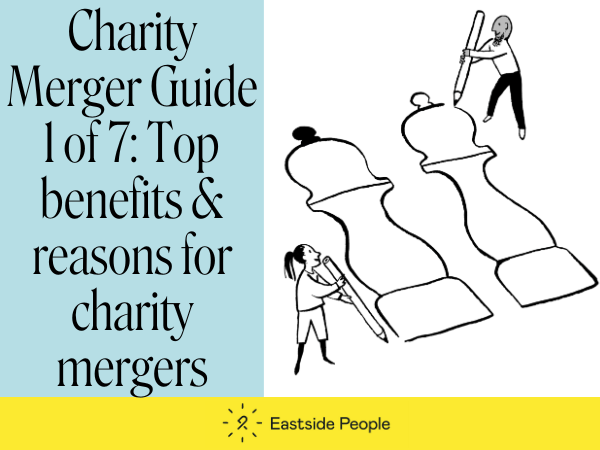From my experience, the charity CEO always starts the New Year with an in-tray bursting at the seams.
In 2023, our clients reported that recruitment and retention were their main concerns, and this is likely to continue in 2024. As staff continue to struggle with the cost of living, many will look to make ends meet in other jobs, leaving charity workforces stretched further and organisations spending more on exceptional costs such as hiring temporary and interim workers.
Looking ahead, elections loom large in the UK, US and other parts of Europe, which will create uncertainty. Funding is under pressure too. One of our mental health clients recently re-tendered and won a 5-year contract worth the same to them in 2028 as it was in 2020. They are not alone, with significant reductions in real earnings being faced by many charities who deliver services commissioned by local government (some 30% of the sector).
While these and other risks will certainly need navigating, the wider economic outlook is improving with inflation falling, and we believe there are opportunities for the enterprising charity to achieve breakout performance.
Here are our top tips on how this could be done:
- Measuring effectiveness – Donors and other stakeholders are increasingly demanding transparency and evidence of impact. The rise of Environmental, Social, and Corporate Governance (ESG) among businesses is fuelling expectations about minimum standards of reporting in all sectors. Charities need to develop robust methods to measure and communicate the effectiveness of their work, using data to demonstrate the real-world impact of their work. This will support the charity’s ability to raise funds in the short term and, even more importantly, to maintain trust in the long term.
- Diversifying income – Relying on a single source of income, whether it’s traditional donations, government contracts, or grants, will leave charity finances at risk. Leaders should explore diverse revenue streams. This could be expanding what the charity is currently doing into new territories (with new commissioners) or developing services which can generate new income such as trading services, corporate partnerships or online crowdfunding.
- Engaging young donors – Millennials (people aged 28 to 43) and Generation Z (people aged 16 to 24) are becoming a larger part of the philanthropic donor and volunteer base. Engaging these groups requires understanding their preferences (such as the importance of social media engagement), transparency, and the desire for a direct connection with the cause. New research by the British Heart Foundation found that Generation Z (people aged 16-24) are more likely to want to help out than any other age group.
- Embracing diversity in staffing, leadership, and outreach helps charities to better understand and serve diverse communities. This includes being sensitive to issues of race, gender, sexuality, and disability in both internal and external operations. Despite improvements, the charity sector has a patchy record on diversity. Successful organisations will be the ones which have greater equity, understand the barriers facing their communities and develop strategies how to reach them.
- Flexible workforces – The shift towards remote working can offer opportunities for charities including access to a broader talent pool of people and lower overhead costs. The ageing population is also a positive factor. People are living longer, healthier lives and are seeking new ways to stay active between the end of the conventional working age (65 years old) and the onset of old age as it used to be understood (85 years old). The Great Work Reshuffle, as it was recently coined in the FT, gives charities the opportunity to rethink their workforce strategies and engage people who are talented but remote, from diverse communities, and older people with a proven track record who want to use their professional skills in impactful ways.
- Artificial intelligence. We recently teamed up with Tim Cook, the former Head of the UK government’s Office for Artificial Intelligence, to support charities considering how best to deploy AI via AI Workshops for charity boards. We’re excited by the opportunities. Already, charities can use AI to analyze donor data to personalize communications and make campaigns more appealing; deploy AI-powered chatbots to provide instant responses to donor inquiries, manage volunteer sign-ups, and provide information about the charity’s work; and enhance programme effectiveness by predicting which interventions are most likely to succeed, based on historical data and trends.
It’s a hard gig to be a charity CEO, and it seems to be getting ever harder to balance delivering high-quality services with raising sufficient funding and resources. Whatever the ebbs and flows of 2024, I’d encourage readers to focus as much on maximising opportunities as minimising the risks. Good luck.
To learn how Eastside People can support your charity’s strategic growth and leadership development, get in touch with us today.
https://eastsidepeople.org/consultancy-services/







